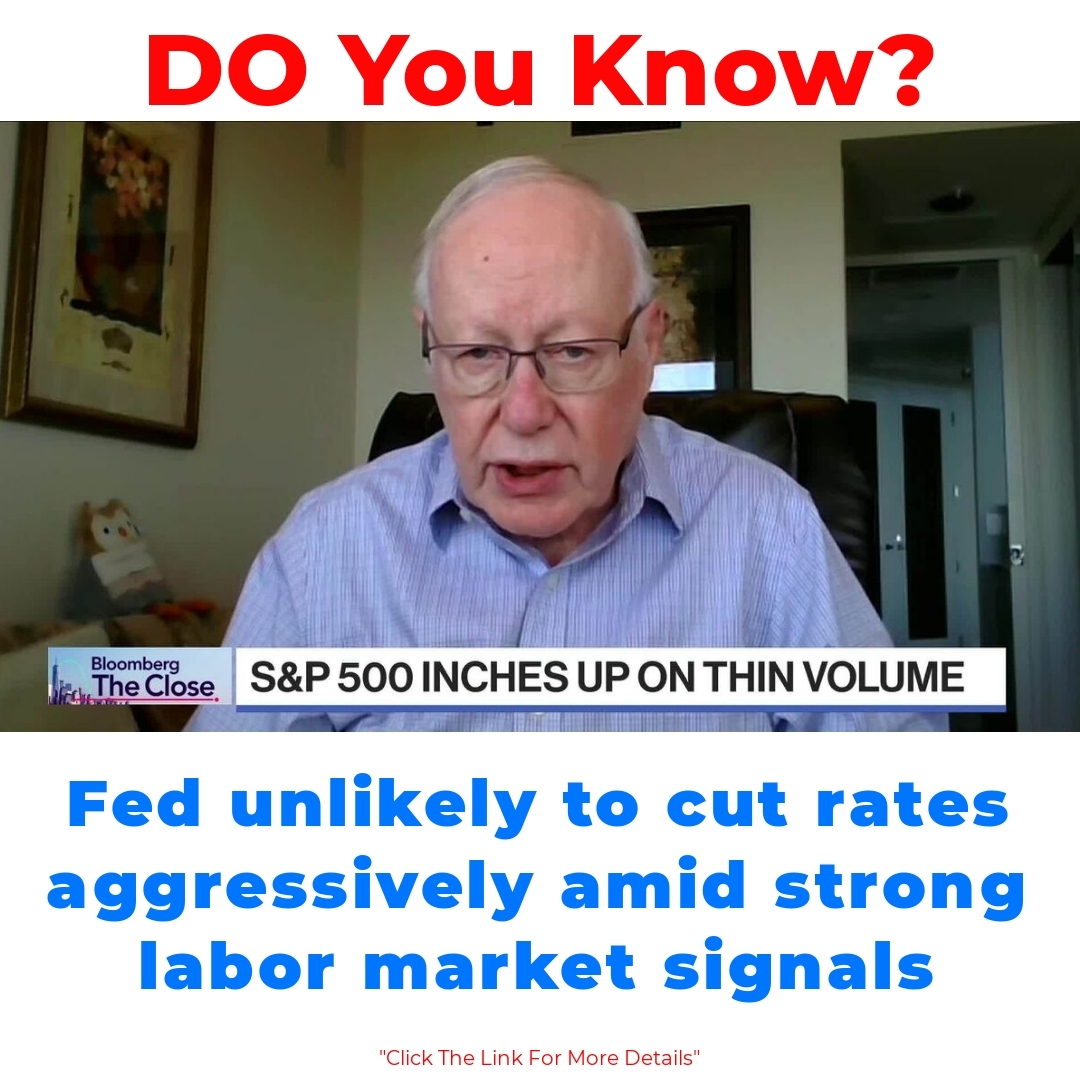The Federal Reserve interest rates play a crucial role in shaping economic conditions. Chuck Lieberman, co-founder and CIO of Advisors Capital Management, offers valuable insights into how these rates interact with the current robust labor market. This article explores the implications of the Federal Reserve’s interest rate decisions as they relate to employment dynamics.


Understanding the Federal Reserve’s Interest Rate Policy
The Federal Reserve interest rates are a central part of the U.S. economic landscape. The primary goal of the Federal Reserve when it comes to interest rate policy is to manage inflation and promote maximum employment. The Fed adjusts these rates to influence overall economic activity, impacting everything from consumer spending to business investments. When the Fed changes interest rates, they’re essentially trying to guide the economy by making borrowing cheaper or more expensive.
Monetary policy decisions often rely heavily on current economic indicators, and the Federal Reserve closely monitors these indicators as part of its strategy. With the current economic outlook showing signs of resilience, particularly due to a strong labor market, understanding these decisions becomes even more crucial for both individuals and businesses alike.
Chuck Lieberman’s Perspective on Interest Rates
Chuck Lieberman has offered insightful commentary regarding Federal Reserve interest rates, especially in light of today’s robust labor market. He suggests that the current job market supports a more stable economic environment, which could influence the Fed’s decision-making process. Lieberman mentions that, “Given the strength in the labor market, the Federal Reserve might be inclined to keep rates steady or consider cuts sooner rather than later.”
This statement reflects a growing sentiment in the market. Many analysts are on the lookout for signs of potential rate cuts and are closely examining how these cuts could play out in relation to economic stability. For Lieberman, the emphasis on a strong labor market is pivotal, as it provides the Fed with the confidence needed to make those decisions.
The Labor Market’s Role in Shaping Interest Rate Decisions
The labor market significantly impacts how the Federal Reserve crafts its interest rate policy. When unemployment is low, and job creation is strong, it can lead to higher spending and inflationary pressures, influencing the Federal Reserve’s choices on interest rates. Simply put, a thriving labor market often means that the Fed might lean towards maintaining or even decreasing rates to support continued economic growth without overheating the economy.
Recent trends indicate that we are indeed witnessing a strong labor market, with job creation rates climbing and unemployment levels remaining low. These statistics highlight the economic implications of a solid workforce, prompting discussions on how such conditions will shape future interest rate decisions.
Implications of Federal Reserve Rate Cuts for Investors
As discussions around potential Federal Reserve interest rate cuts intensify, it’s important for investors to understand the implications of these changes. Lower interest rates typically mean cheaper borrowing costs, benefiting various sectors such as real estate and consumer discretionary spending. For investors, this could lead to re-evaluating strategies, especially in fixed-income investments that are sensitive to interest rate shifts.
The implications of Federal Reserve rate cuts for investors are wide-ranging. For instance, stocks may benefit from lower rates as companies face reduced borrowing costs, leading to increased profits. However, it’s also crucial for investors to consider their risk tolerance and market outlook when adjusting their strategies.
Market Analysis and Future Economic Outlook
Looking ahead, analyzing how Federal Reserve interest rate decisions will play out across broader markets is essential. Many experts predict that a stable labor market will contribute to continued economic growth, influencing long-term predictions. With monetary policy evolving, understanding the potential pathways for the economy can help investors make informed decisions.
The economic outlook remains optimistic, especially in sectors that thrive on consumer spending and investment growth. As the dynamics of the labor market continue to unfold, so too will the economic ramifications, particularly as they relate to Federal Reserve policy.
Conclusion
In conclusion, Chuck Lieberman’s insights on Federal Reserve interest rates offer a valuable perspective, especially when considering the current labor market. His views underscore the critical connection between employment conditions and interest rate policy. As we navigate the constantly changing economic landscape, it’s imperative to monitor these developments closely.
Keeping an eye on interest rate decisions and how they might influence the labor market can help individuals and businesses alike prepare for what lies ahead. As the economy evolves, staying informed about Federal Reserve commentary and market analysis will be key for making strategic financial choices.
Additional Resources
For those interested in diving deeper into the Federal Reserve and its impact on economic policy, consider exploring resources like economic blogs, financial news websites, and books on monetary policy. Engaging in discussions about these topics can deepen your understanding and keep you updated on the ever-evolving financial landscape. Feel free to leave comments or share your thoughts on this important subject!
Frequently Asked Questions
What is the Federal Reserve’s primary goal with interest rates?
The Federal Reserve aims to manage inflation and promote maximum employment through its interest rate policy. By adjusting interest rates, the Fed influences economic activity, affecting borrowing costs for consumers and businesses.
How does the labor market influence the Fed’s interest rate decisions?
A strong labor market, characterized by low unemployment and high job creation, can lead to increased consumer spending and potential inflation. This may encourage the Fed to maintain or lower interest rates to support ongoing economic growth.
What implications do Federal Reserve rate cuts have for investors?
Rate cuts generally lead to cheaper borrowing costs, which can boost sectors like real estate and consumer spending. Investors may need to adjust their strategies, particularly for fixed-income investments, as lower rates can impact profit margins across various industries.
How should investors prepare for potential changes in interest rates?
Investors should:
- Monitor economic indicators and Federal Reserve communications
- Evaluate their risk tolerance and market conditions
- Consider re-evaluating their investment strategies, particularly in sensitive sectors to interest rates
What are the current economic indicators the Fed is monitoring?
The Federal Reserve closely watches various economic indicators, including employment rates, inflation data, and overall economic growth. With a resilient outlook, particularly in the labor market, these indicators play a crucial role in shaping monetary policy decisions.
Why is understanding Federal Reserve policies important for individuals and businesses?
Awareness of Federal Reserve decisions helps individuals and businesses anticipate changes in borrowing costs, investment opportunities, and overall economic conditions, allowing for more informed financial planning and strategic decision-making.
Where can I find more information about the Federal Reserve and its impact on the economy?
For deeper insights, consider exploring economic blogs, financial news websites, and books on monetary policy. Engaging in discussions about these topics can also enhance your understanding and keep you updated on financial matters.






